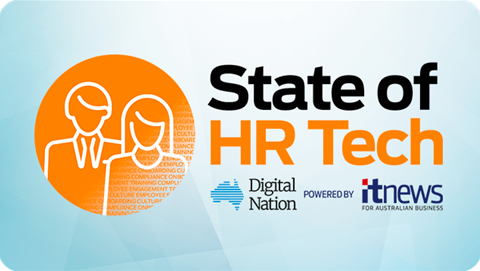Inflation has become a pressing issue for the entire organisation in 2022 said Robert Naegle, VP Analyst at Gartner, who discusses the impact of inflation for CIOs and the actions they should take to respond.

The first thing CIOs must do is first look at inflation through a business lens, Naegle said.
“Inflation is a pressing issue for CEOs, and it poses unique challenges in these unprecedented times. While the total impact of inflation is difficult to forecast, CIOs must begin planning for IT impacts,” he said.
“This means that CIOs have three choices: spend the same and do less; spend more and do the same; or try and optimise in order to spend the same and do the same. If optimisation is the goal, current resources will need to stretch – existing infrastructure will have to do more for longer, and existing talent will have to be more productive.”
Naegle said one of the most immediate effects of inflation felt by CIOs will be vendors implementing, or preparing for, price increases that will impact IT budgets.
“Working with sourcing, procurement and vendor management leaders, CIOs should identify IT contracts that have high exposure to inflation,” he explained.
“Pinpoint contracts that tie increases to indexes, such as a specific country’s Consumer Price Index (CPI) because variable indexes are likely to lead to dramatic cost increases. Document where such risks exist and adjust budget forecasts accordingly.”
CIOs should compile a list of the vendors they cannot live without and those that may be dispensable.
“For vendors that are vital, look to enhance partnerships using win-win strategies where possible. Prioritise these contracts for negotiation, as renewal activity provides the vendor with the opportunity to increase pricing, but also provides a leverage opportunity to proactively negotiate cost protections.
“For less strategic vendors, explore options to consolidate or migrate to alternative vendors,” he said.
Hiring and retaining talent is an ongoing challenge for CIOs in 2022, and it is becoming an even more complex problem due to the increasingly competitive labour market and higher wage expectations that result from inflation, Naegle said.
“CIOs must act strategically to protect against talent drain. Identify key workers and compare incentive plans against replacement costs if they leave the organisation. Create a ‘talent retention and incentive package’ that can be presented to the CFO and CHRO that is designed to identify and retain critical skills,” he said.
Naegle said CIOs should consider opportunities to more effectively utilise the people they already have by equipping talent with new digital skills.
“Reframe learning as central to everyone’s job, and embed learning into the flow of business activities to optimise outcomes. Leverage automation and digital product streamlining to support increased productivity, which reduces the volume of talent needed.
“Augment the IT workforce by empowering business technologists via low-code or no-code, augmented analytics, data science and machine learning platforms and tools,” he added.


_(20).jpg&h=140&w=231&c=1&s=0)

.png&h=140&w=231&c=1&s=0)




_(26).jpg&w=100&c=1&s=0)

 iTnews Executive Retreat - Security Leaders Edition
iTnews Executive Retreat - Security Leaders Edition












_(1).jpg&h=140&w=231&c=1&s=0)



